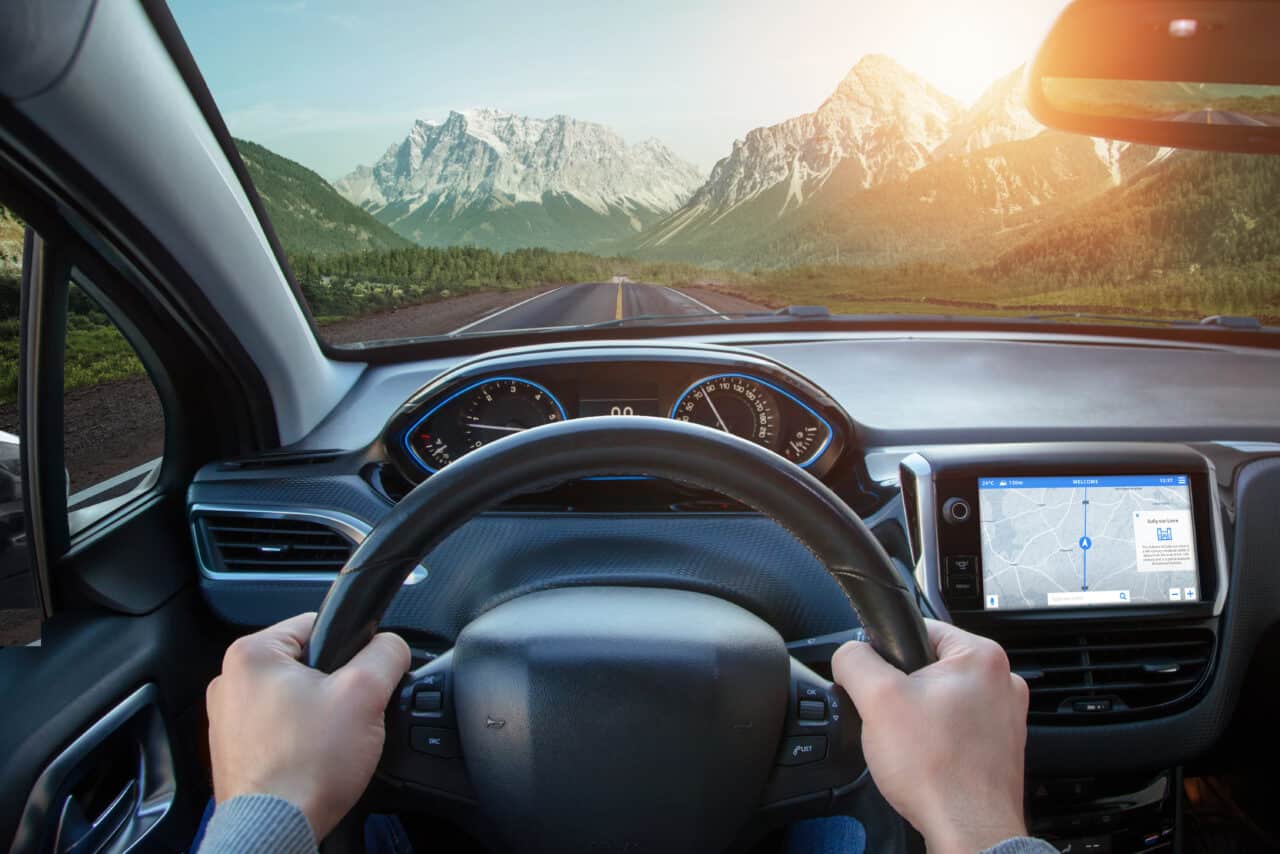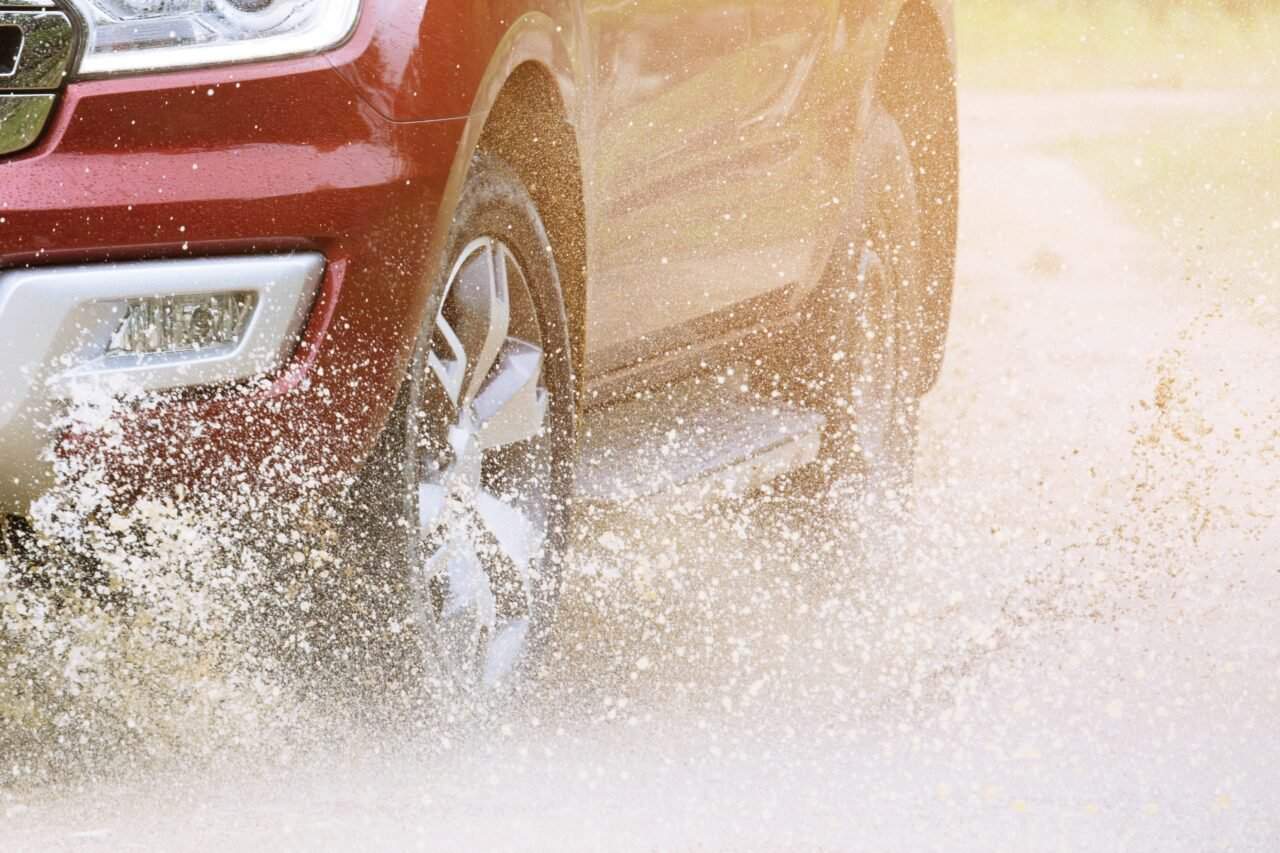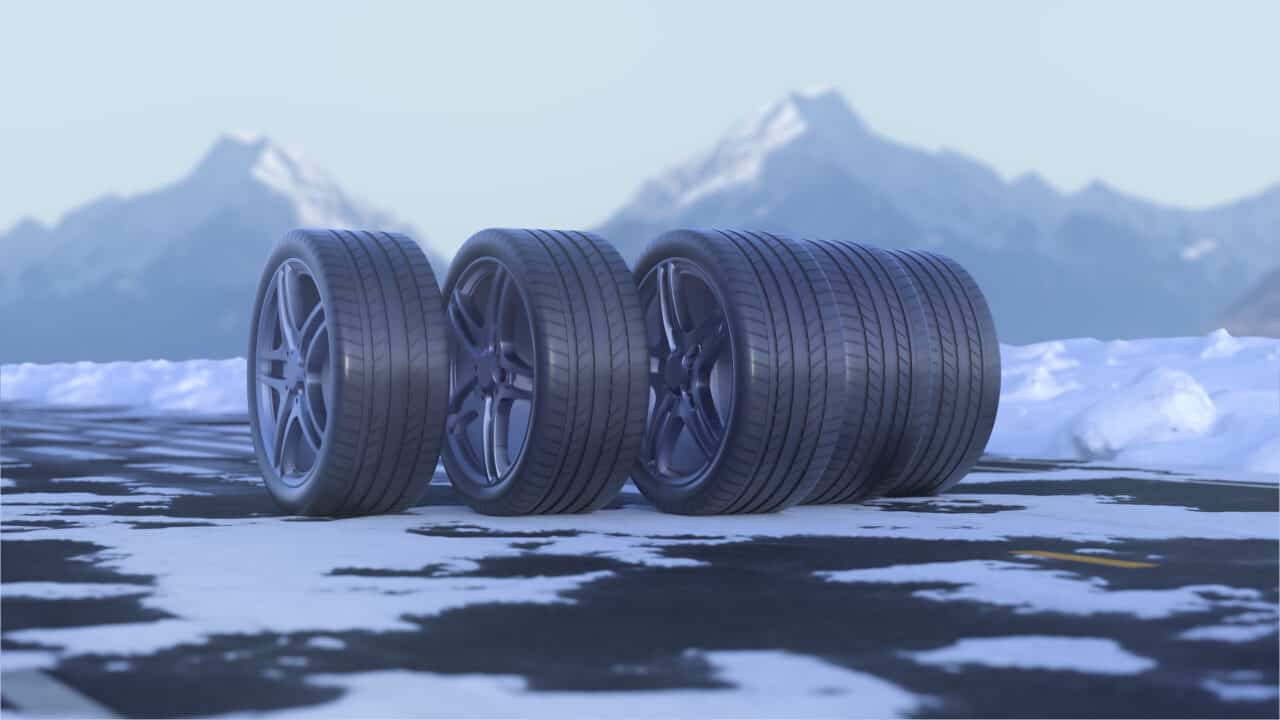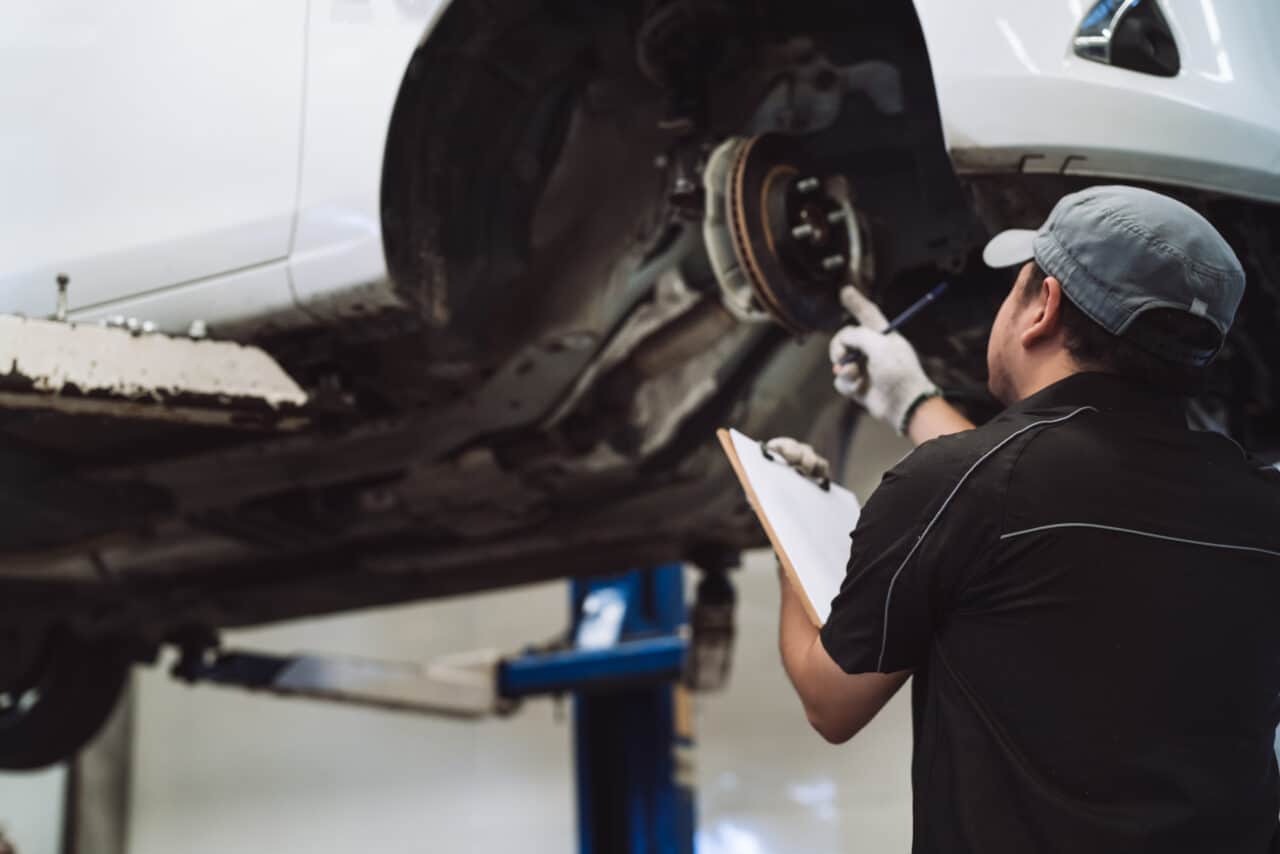What is the difference between 4X4 auto and 4X4 high?

Having different methods of driving can be the difference between being safe and reckless. Learning more tricks and tips on how to get to your point A to B not only can help you save on gas but make you a better-experienced driver.
4×4 High works by the power supplied to the front and rear wheels at the same time whereas 4×4 auto automatically navigates power to all four wheels while varying the ratio between front and back axles to what’s needed. 4X4 auto can be left on at all times while 4×4 high should not be left on.
With that said, this article will mainly cover when to use 4×4 Auto and 4×4 High, maintenance methods, and other better alternative ways to drive overall. We will also go over what makes 4×4 Auto and 4×4 High different from each other.
Not Sure What Your Car Has?
If you’re unsure what system you have, be it configurations as part-time, full time, manual shift, on-the-fly shifting, or fully automatic, each 4WD will come with a manual on the requirements to engage and disengage when operating. You can also ask your car dealership to figure out the VIN.
A 4WD can be dangerous as it doesn’t improve handling on ice or snowy roads. If you drive faster than what your conditions show, you’re likely to roll over as you are the higher center of gravity.
Having a 4WD doesn’t help the brakes more or give better stability while braking so it’s important to slow down when turning and braking sooner. Having a 4WD tends to cause overconfidence and that ends up with your car in the ditch more often than others.

Tips For 4×4 High
Applying Weather and Road Conditions
In regards to speed, 4×4 High is best used when traveling over 55 miles per hour. This provides steady pacing on roads when conditions vary and going over that will result in damaging the 4×4 High system. In regards to weather, the snow or ice needs to be driven at a consistent pace as well as off-roading and 4×4 High is the best method. This also works on gravel or rocky roads as it provides great traction. You should also avoid using 4×4 High when traveling at high speeds down a normal road or shifting in or out of the mode.
You can stay in this mode so long as conditions are appropriate as mentioned or stated otherwise in the car’s manual. In normal/dry conditions or flat roads, you should not use 4×4 High as it will damage the car. This is because max power is sent to all four wheels and the wrong conditions impact your future repair costs. 4×4 Low is best when you are doing hard towing while staying under 15mph, pulling heavy objects, and climbing down steep inclines.
For any other future concerns regard 4×4 High Mode, refer to the instructions in your manufacturing manual and settings to learn assured ways of operating the vehicle.
Tips For 4×4 Auto
For 4WD Auto, the transfer case engages the front wheels when the vehicle detects the rear wheels losing traction. This then triggers the 4WD to automatically perform extra traction to whatever the road conditions appear to be. In your car you can find the manual that states 4×4 Auto can be used for regular driving but it will negatively affect your fuel economy.
Due to gas prices rising, make sure your truck is running efficiently as possible. During winter, the 4WD Auto function calculates when traction is lower and sends power to the wheels when cornering in offering better stability.
With Speed, Gas, and Towing
When it comes to speed it is recommended that you go as fast as needed as well as slow as possible. Driving with surface traction will vary and upset driving dynamics for the car if going too fast. Use Ur for a side of caution and don’t get overconfident. It’s common for 4WD to make the driver feel powerful but the laws of physics still apply to both speed and road surface so always make sure you align the speed with the traction levels.
A general tip is to travel no more than 60mph in 4×4 High.
*“4WD Auto can be used on any road condition without risk of damaging your vehicle. Low range is meant predominantly for off-road situations, and should not be used at speeds above 45 mph.” Source
Auto 4×4 does use more gas as drivetrain components rotate when engaged. This keeps the front wheels activated at a moment’s notice.
To have the best optimal performance for your fuel economy you should use 2H on dry high traction roads. This helps for less wear and tear with drivetrain components when power is sent to each wheel. Having 2WD causes additional drivetrain components which result in being heavier as this is why 4WD trucks return for better and lower gas mileage. There is also a smaller increase in fuel consumption to help with safety. During a towing process, the 4×4 Auto is warranted as it will offer a great mixture with traction, stableness, and efficiency.

When to Use 4WD
- When needing more power for heavy pulling at slower speeds
- Climbing steep grades when needing extra power at slower speeds
- Descending steep hills while carrying a heavy load (low gearing provides better braking assistance for the engine)
- Make sure you don’t use 4LO to get out of mud/snow.
- When driving on high traction surfaces leave the car in 2H. This offers the best fuel economy as you adjust your speed and extend the following distance
- As bad weather increments, 4WD is the best choice as 4WD Auto will cause the driver to constantly read the road surface tractions then an engagement of movements will notice the surface traction. Driving and speed will need to be adjusted accordingly then increase the following distance.
- Most truck owners can leave their 4WD on during winter having snow and ice.

How To Make 4WD Last And Other Maintenance Tips
4WD works best and lasts longer when used regularly while being maintained to factory recommendations. If the 4WD sits unused for months the linkage will have its seals dry out, lube drainage on gears, causing the hub components to stop.
Keep 4WD components lubricated every few months on wet pavement for the well-operating conditions in order for the 4WD to be engaged. It is preferred that you do this in a secluded parking lot and do some figure eights. Also, make sure you follow up on your owner’s manual for different transfer case fluid changes if the 4WD isn’t used often and grease down drive-shaft slip and U-joints. Source
To have better stability, you should also check if your vehicle has the option to lock the center differential. This helps for improving traction when the surface doesn’t have a strong grip. Depending on the manufacturer, It may be manually or automatically engaged. Source
Tire Tips For 4 Wheel Drive
Front, center, and rear differentials in 4WD are designed to compensate for short changes in wheel speeds be it turning or changing lanes. However, you must keep your tires the same size as a difference in threading depth by 1/16 can cause early failure and unneeded repair bills.
Front tires wear out faster than rear tires because of the most weight carried in the front by braking and turning. Rotating your tires out every 5,000-7,000 miles will spread the wear and tear evenly minimizing differential operation.
When Stuck, Try This
Turn off your vehicle traction/stability control when stuck but the procedure is different for each vehicle so refer to the manual. Depending on your car, the traction/stability may turn on and off again after an engine restart. This means you will have to turn it off repeatedly if you’re stuck for a long period.
Do not shift between forward and reverse to rock in and out of the rut. Do not spin the wheels. Instead, try to rock the vehicle back and forth while applying and releasing gas.
To Avoid Wasting Gas
During 4WD, you spin more on heavy metal getting the extra gears and driveshafts up to keep them spinning for extra energy. This results in lower gas mileage so if you don’t need 4WD you should turn it off to save gas money.
